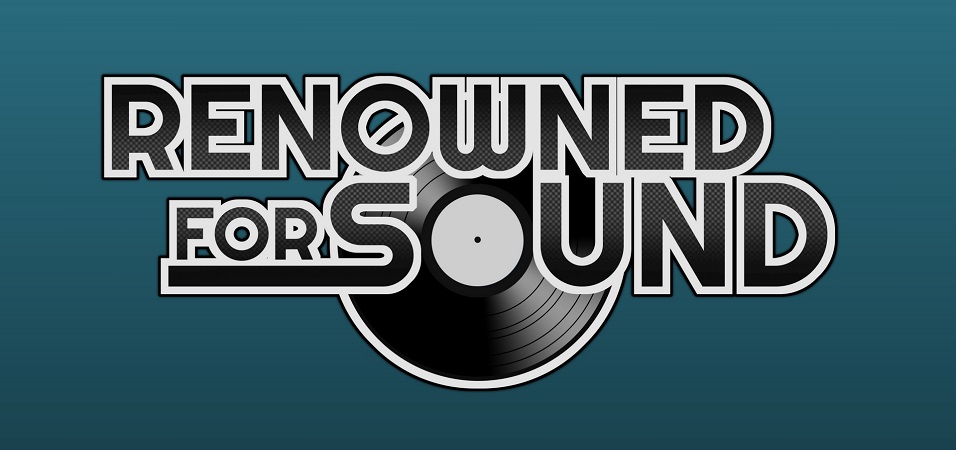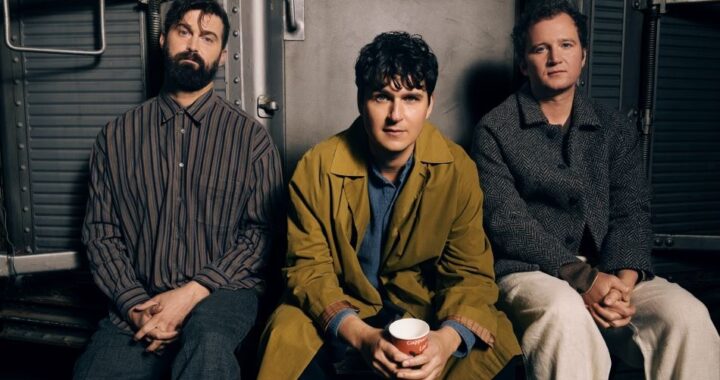Album Review: The Head and the Heart – Signs of Light
3 min read
Now that they’re three albums into their career, it appears that The Head and the Heart have given up on the idea of the simple Americana folk of their first album and the more general, sparse folk of Let’s Be Still. In comparison, Signs of Light is just a few strides short of a pop rock album. The folksy air still covers the album in almost its entirety, but there’s been an increase in production values and a boost in instrumental accompaniment that makes it feel more complete than ever. It’s a big leap for The Head and the Heart, but one they pull off valiantly and with much success.
 The change in scope changes depending on where you look on the album, but each track bears a sign of the changes. Rhythm & Blues is still very much a folk cut, with fiddle, piano and acoustic guitars creating the foreground of the track, but injects its beat with an R&B essence, whether intentional or not, and an electric guitar solo that feels decidedly more updated. Turn It Around is much lighter on the folk elements, and is as close as the album gets to a full blown pop track, with a few slight electronics—not overly noticeable, but enough that they feel noticeably alien next to the natural instrumentation of the rest of the track—thrown in, and which never seem to recur elsewhere on the album. I Don’t Mind treads closer to pop than any of the other obviously folk-inspired tracks, mostly in the energy of its arrangement, but uses the soaring vocals of the chorus as its talking point rather than the use of electronics.
The change in scope changes depending on where you look on the album, but each track bears a sign of the changes. Rhythm & Blues is still very much a folk cut, with fiddle, piano and acoustic guitars creating the foreground of the track, but injects its beat with an R&B essence, whether intentional or not, and an electric guitar solo that feels decidedly more updated. Turn It Around is much lighter on the folk elements, and is as close as the album gets to a full blown pop track, with a few slight electronics—not overly noticeable, but enough that they feel noticeably alien next to the natural instrumentation of the rest of the track—thrown in, and which never seem to recur elsewhere on the album. I Don’t Mind treads closer to pop than any of the other obviously folk-inspired tracks, mostly in the energy of its arrangement, but uses the soaring vocals of the chorus as its talking point rather than the use of electronics.
Signs of Light retains a folk track for every updated moment the album offers, but its two major scene stealers are the simplest songs on the album. Oh My Dear is a startlingly short song, at under two and a half minutes, but even more surprising is its arrangement, with just an electric guitar providing back-up for the vocals. Similarly, the closing track and album namesake Signs of Light spends half of its six minute runtime as a piano ballad, setting the mood for a heart wrenching ballad about loss; it loses some of its power as it gains an uplifting arrangement of a variety of different sounds and instruments halfway through, but its early moments remain the most impactful on the album. These simpler songs show that this is really what The Head and the Heart do best, but the increased production values benefit these songs as well; their punch is felt twice as hard now that there’s more power behind their music.
That’s not to say that these increased values were necessary, as there’s always been merit to what The Head and the Heart do. However, they’ve certainly helped them hit a new high. Signs of Light is definitely a different type of album for the band, but one that worked out well and provided some amazing new material thanks to a little bit of experimenting on top of their expected folk affair. As an entry point for new listeners or something for existing fans to enjoy, there’s something on Signs of Light that any listener is sure to enjoy.



